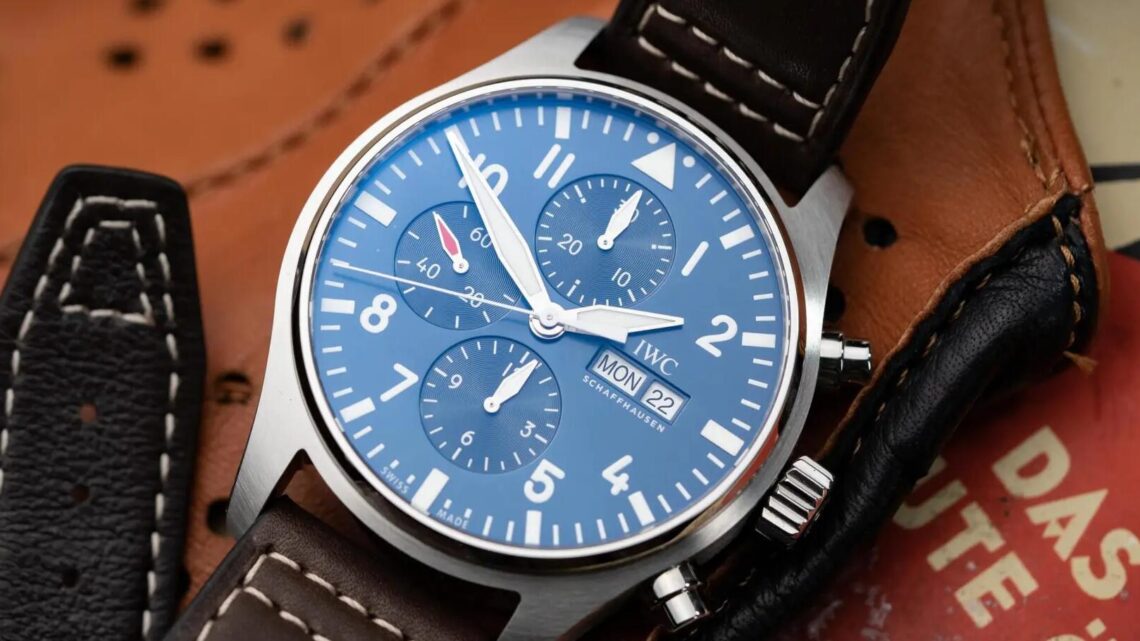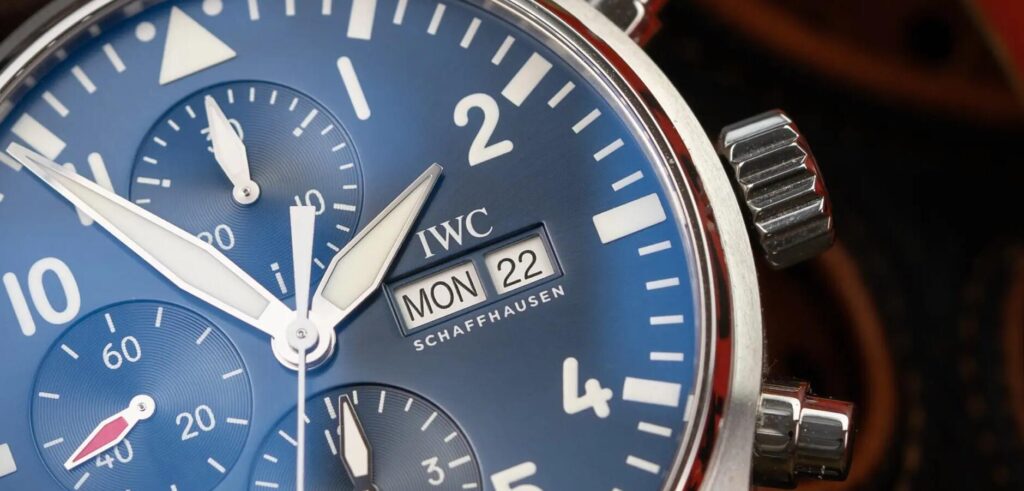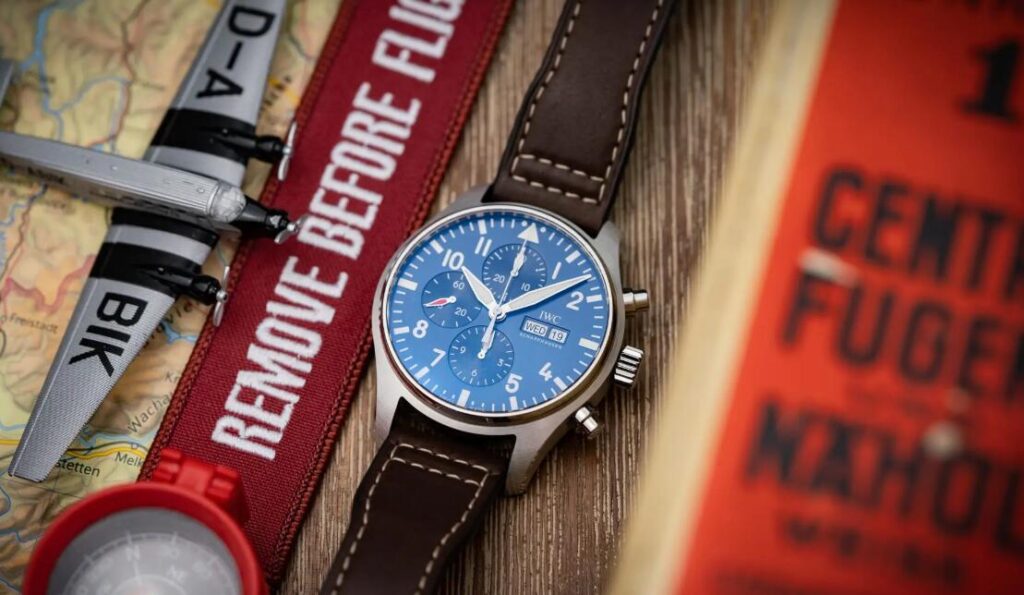
Fake IWC Pilot’s Watch Chronograph Le Petit Prince im Check
“Please… draw me a sheep!” This somewhat strange request is the beginning of the acquaintance with the little prince in the bestseller of the same name with the French original title “Le Petit Prince” by Antoine de Saint-Exupéry. But what does a children’s book have to do with the (historically exciting) classic pilot’s watch, the Fake IWC Pilot’s Watch Chronograph? We’ll look at that (along with the qualitative aspects, of course) in this detailed test…

IWC Schaffhausen and the path to the Pilot Watch Chronograph
International Watch Company, or IWC* for short, is not exactly a typical name for a Swiss watch manufacturer. It was no coincidence that the American engineer Florentine Ariosto Jones from Boston ended up in Schaffhausen (which had previously been a virgin watchmaker) in 1868 to found his company: Swiss pocket watches were becoming increasingly popular in Jones’ home country, but prices were still comparatively high.
Let’s remember: the industrial revolution began relatively late in the USA, but from 1850 and especially after the Civil War in 1865, the USA’s industrialization efforts picked up speed. Against this background, Jones found good conditions in Schaffhausen to contribute his knowledge of industrialization and to use the water power of the Rhine Falls to drive modern production machines.

And even though IWC pocket watches with the “Jones caliber” (in three types: key-wound, open face and savonette) were considered reliable and robust, they were not a commercial success in the main target markets of Great Britain and the USA: just a few years after the company was founded, at the end of 1875, the American company had to declare bankruptcy. Jones’ successor, Frederick Ferdinand Seeland, was also not lucky and drove IWC straight into the ground again in 1879. It was not until the subsequent takeover by the Swiss industrialist Johannes Rauschenbach that things started to improve. In particular, the caliber 52/53 (also simply called the “Schaffhausen caliber”), which was produced in large quantities from 1893 onwards, was a key building block for IWC’s success in the decades that followed.